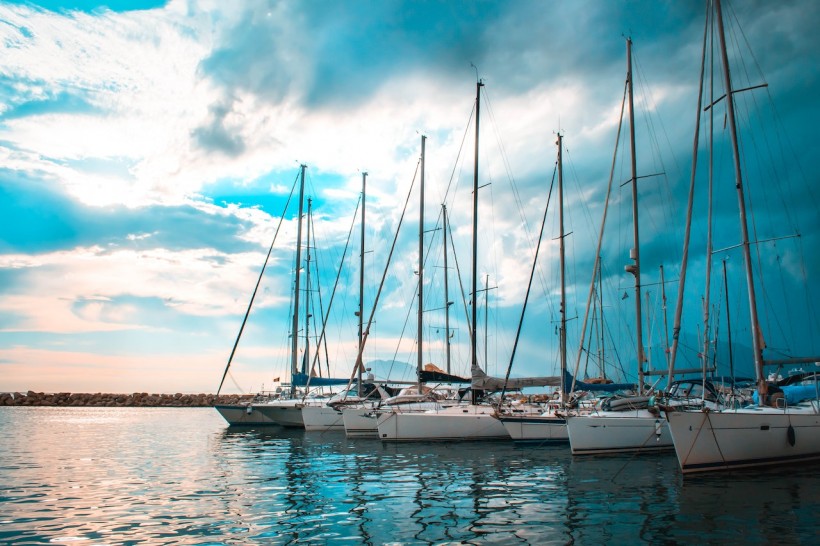Research performed by scientists from the School of Marine, Atmospheric, and Earth Science at the University of Miami Rosenstiel revealed how ships could be significant attributors to the spread of SCTLD (Stony Coral Tissue Loss Disease), a coral sickness that is deadly, across the Caribbean and Florida.
SciTechDaily reports how this sickness, which was first seen close to Miami last 2014, has affected coral reefs across Belize, the Virgin Islands, Jamaica, St. Maarten, and other areas. Such findings could help researchers come up with assessment and treatment methodologies to help decrease the risk of the disease spreading even further.

ALSO READ: New Deep-Sea Black Coral Species Found Thriving in Neom Region of Saudi Arabia
Ship Hulls: A Reason Why SCTLD Reaches Far Corals
The research was included in the Scientific Reports. The scientists suggest how transporting goods via ship hulls could have contributed to the spread of the condition. Such ship hulls are vessels that handle ballast water within a region in order to maintain stability. They later on release such waters at another port.
According to lead author and assistant scientist Michael Studivan, outbreaks that take place in far areas suggest how the transport of the disease was facilitated by other factors that go beyond currents.
Phys reports how the researchers performed two experiments on simulated ballast water as well as the UV handling of such water in order to see if pathogens of SCTLD got transported through such a method. They also aimed to see if acknowledged approaches for ballast water treatment, including UV, could help in stopping the spread.
In the first experiments, health corals were exposed to three different water types. These types covered the disease-exposed water, the UV treated and disease-exposed water, and the non-disease-exposed water within a tank system that was flow-through.
In the course of six weeks, the scientists noted the onset of the lesions as well as mortality in order. This was observed in order to see the count of corals that got sick, how quickly they got sick, and whether performing UV treatment for the disease-exposed water led to reduced spread.
The scientists then tested the ballast water that was generated for the two experiments. They did to gauge the communities of microbes and see their abundance within ballast waters that are treated and untreated.
Ship Ballast Water Facilitates SCTLD Spread Among Corals
Studivan notes how the findings propose that the ballast water of the ship comes as a threat when it comes to the persistence and spread of SCTLD. This is particularly so within the Caribbean and potentially other reefs across the Pacific. The findings also suggest that guidelines pertaining to testing and treatment that are established could not mitigate the disease's risk of spread.
RELATED ARTICLE: 4,000 Feet Australian Desert in Nullarbor Plain Was Once a Coral Reef 14 Million Years Ago
Check out more news and information on Environment and Climate in Science Times.




![Earth's Quasi-Moon Kamo‘oalewa Could Originate From Lunar Surface Not Asteroid Belt [Study]](https://1721181113.rsc.cdn77.org/data/thumbs/full/53275/89/56/50/40/earths-quasi-moon-kamo-oalewa-could-originate-from-lunar-surface-not-asteroid-belt-study.png)









